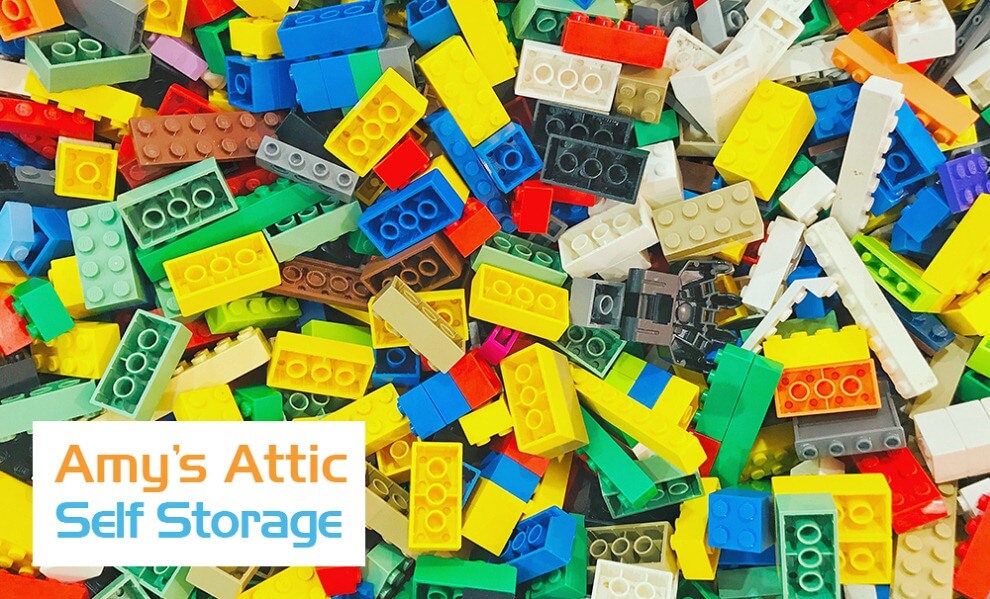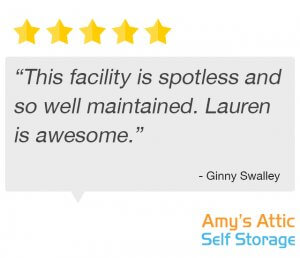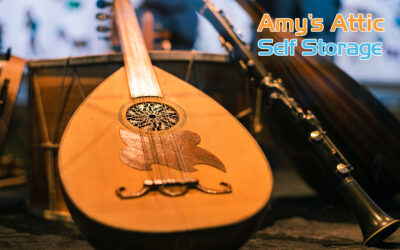Storing LEGOs may prevent an injury. Many people, both young and old, can enjoy the fun of building with Legos, but the quickest way to make the pastime much less appealing is to step on spare pieces while they’re scattered across the floor! Finding a convenient, neat way to store LEGOs can not only help keep a house clean, but it can also help instill good cleanup and organizational habits in children (or adults!) that will last them a lifetime.
History of LEGOs
Legos are a household name and have been taken up as a hobby by children and adults alike. Their versatile forms allow for a near-infinite number of unique creations, and those who might enjoy a more structured experience can put together one of the many building kits. While the Lego company is considered one of the most powerful toy brands in the world, they started from much humbler beginnings.
The Lego Group began in a little workshop in Denmark, when Ole Kirk Christiansen started making wooden toys in 1932. The name “Lego” was coined from the Danish phrase “leg godt”, which means “play well”. While the shop started out with wooden ducks and other toys, in 1947, Lego received an injection molding machine that allowed it to produce plastic toys. Alongside that molding machine was a sample of Kiddicraft Self-Locking Bricks, small square blocks that have often been considered “the original Lego”.
Inspired by the novelty of the Kiddicraft bricks, by 1949 Lego began producing its own “Automatic Building Bricks” out of cellulose acetate. By 1951, plastic toys made up more than half of the Lego company’s output.
Despite the popularity of its early blocks, it wasn’t until 1958 that the Lego group was able to make the classic brick design we see today. They replaced their old plastics with an ABS polymer after 5 years of searching and were pleased at its interlocking ability. In 1978, they decided to make the little figures that became the face of Lego itself, and by 2015, Lego replaced Ferrari as the “world’s most powerful brand.”
Storing LEGOs in Self Storage Units
Legos have many small pieces that might vary widely in use, color, and size. This attribute can make it intimidating to organize, but luckily, there are many solutions that are available to either buy or do yourself. Here are some methods you can try to ensure your Legos stay together and off your floor or tables:
- Labeled Containers
- Labeled containers are highly versatile and easy to store on a shelf, table, or other designated space. Clear containers can be ideal for collections organized by size, function, or color, as that allows for much easier referencing at a glance.
- Tackle boxes can be a secure and highly portable option for smaller collections, offering a lot of space for smaller bricks without requiring much space.
- Plastic drawers are easy and can be expanded on as the collection grows.
- Buckets with a snap on lid are secure, budget-friendly, and easy to store.
- Bags and Totes
- Drawstring bags come in any number of sizes and designs, and can be a quick and easy method for cleanup—simply draw the string closed and tuck it away. This doesn’t allow for too much organization, but sometimes it’s best to simply keep the Legos off the floor and sort through them later!
- Totes with locking lids can keep Legos from falling out, and are a great, portable way to bring Legos along during travel, play dates, sleepovers, and more.
- Tables and Furniture
- Some companies offer tables and shelves explicitly built for playing with Legos, including such features as Lego-studded surfaces, storage compartments hidden inside, an expandable tabletop, and much more.
- The DIY-savvy could even build Lego-friendly furniture themselves by attaching tracks to hang containers from, a Lego-studded play surface, or any number of other features.
The Container Store which has stores in Austin, Dallas / Fort Worth, Houston, and San Antonio offers some excellent LEGO storage ideas.
Storing LEGO Model Kits
There are many Lego kits that allow for models to be made of varying sizes and complexity. If you have spent the time to make one, you are going to want to make sure it is kept safe and free from danger. Here are some tips for storing your finished Lego models:
- Large Rubbermaid tote
- Wooden boxes/shelving cubes
- Plastic bin
- Disassemble them by large sections and store pieces in bags and then in a box
Where to Buy LEGOs in Central Texas
FX Games, Movies, Toys, Music & More
Address: 3111 S. 31st St #3363, Temple, TX 76502
Phone: (254) 239-5446
HobbyTown
Address: 4316 W. Waco Dr B, Waco, TX 76710
Phone: (254) 732-4477
Game X Change
Address: 3411 Market Loop #100, Temple, TX 76502
Phone: (254) 773-3774
Central TX Self Storage Facilities – Amy’s Attic Self Storage
Amy’s Attic Self Storage offers a safe storage environment for storing LEGOs, including your prized Lego sets and pieces. With climate-controlled storage units and stellar service, we are a great option for Texans looking to store any type of hobby toys or collectables. If you are a collector or model builder interested in renting a unit or have any questions, then please contact Amy’s Attic Self Storage at 855-426-9728.






